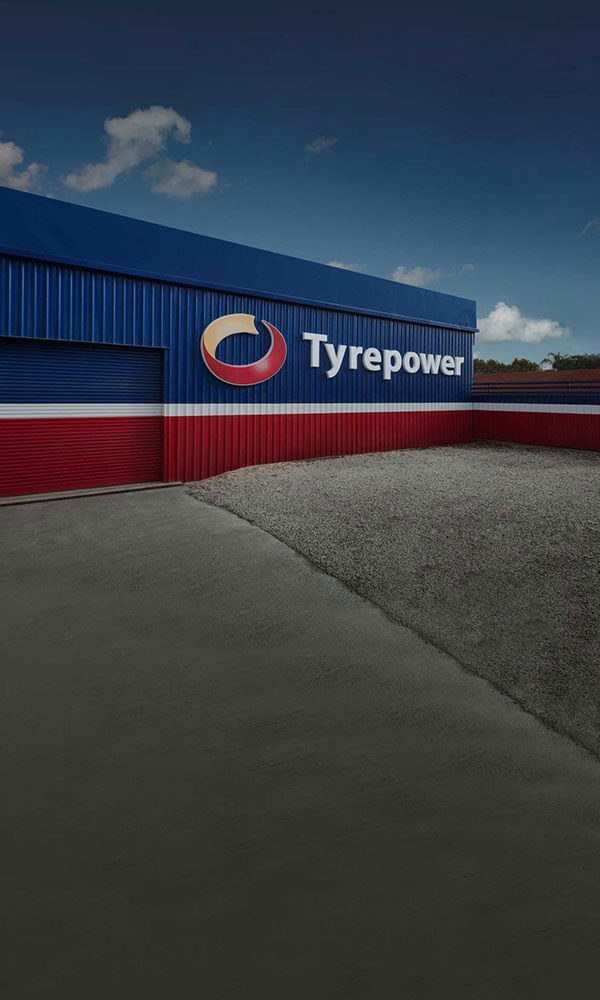A Guide to Driving in Sand
Australia has plenty of sand, whether on beaches or in our deserts. Anyone interested in off-road driving will eventually be faced with the prospect of driving on sand. It can be an intimidating experience to newcomers, but something that can be managed with the right skill sets and understanding of basic principles. Below we provide a straightforward guide on sand driving.
Tyre Pressure
Reducing your tyre pressure is essential for sand driving as it helps spread the weight of your vehicle across a greater surface area. This increases traction and prevents the tyres sinking into the sand as much. There are differing opinions on how much air to let out. As a rough guide, reduce tyre pressure to half the amount of your normal driving pressure.
Finding the right pressure for your vehicle and the conditions can involve some trial and error. You can try reducing your tyre pressure incrementally to find the right pressure for your vehicle. If your engine struggles, try reduce tyre pressure a little more. Be careful not to reduce them too much however and ensure you use the correct tools.
Momentum
Driving on sand is comparable to a boat on the water. When a boat travels slowly, more of it sinks into the water and the engine has to work harder to maintain forward momentum. Driving slowly on sand will similarly cause the tyres to sink into the sand more while driving. As you increase speed, your tyres will “float” better on top of the soft sand. Maintaining a good level of speed will help you avoid getting bogged.
Avoid changing gears where possible to maintain momentum. For most diesel 4WDs, the ideal place you want to be is around 2000 RPMs for maximum torque, which is usually low range 3rd gear. If you start to get bogged, low range will provide you the power you need to get out while allowing adequate speed to keep you on top of the sand. When you need to stop, try to come rolling to a stop rather than braking, which will dig your tyres into the sand.
What to Do If You Get Bogged
If you drive on sand regularly, it’s incredibly likely you’ll get bogged. Accept this, prepare for it by having the right tools and stay calm when it happens. The earlier you realise you are bogged the better. Avoid spinning your wheels which will just dig you in further.
Try the following steps:
- Try reverse out as the sand is more compacted where you have already driven
- Slowly drive forward and backward over the same track to compact the sand
- Reduce tyre pressure further and try to drive out
- Make a track for your wheels with dry seaweed, sticks, leaves, etc. for traction
- Get your shovel and dig out the sand in the direction you want to drive
If you have a driving companion, you can use a snatch strap to get towed out. Often a gentle tow is enough, there’s no need to rev the engine too hard. Tools like sand ladders and MaxTrax can help you self-recover.
Need Your Tyres Checked or Replaced?
With locations all across Australia, Tyrepower can help you prepare for your next road trip by ensuring your car is in great condition. Whether you need new tyres, a wheel alignment or any other preventative maintenance for your vehicle, we can help. We’re proud to offer great tyre deals from brands like Kumho tyres, Goodyear tyres, Continental tyres, Maxxis tyres, Hankook tyres, Michelin tyres, Pirelli tyres and Toyo tyres.
Find your closest tyre shop and call (08) 8186 0622 today.

